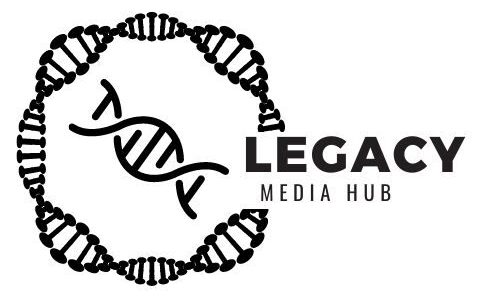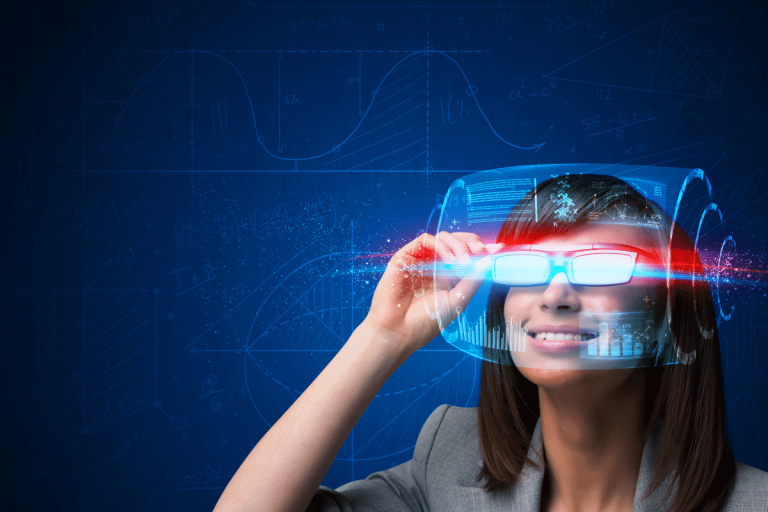Here are just some of the innovations that came from the space race and the investment in Nasa.
Contents
- Artificial limbs
- Scratch-resistant lenses
- Insulin pump
- Firefighting equipment
- Foil Blankets
- LASIK
- Shock absorbers for buildings
- Solar cells
- Water filtration
- Better tires
- Wireless headsets
- Adjustable smoke detector
- Freeze-dried foods
- Camera phones
- Portable computer
- DustBusters or Portable Vacuum cleaner
- MRIs and CAT scans
- Formula milk or infant formula
- Lifeshears
- Grooved pavement
- Invisible braces
- Air purifiers
- Memory foam
- Workout machines
- Home insulation
- Infrared ear thermometers
- LEDs
- 3D food printing
- Computer mouse
- Athletic shoes
- Ice-resistant aeroplanes
- Emerging technologies are part of the solution
- The solution to many problems are within our grasp
- What will life be like in 2035?
- Visions of what the world could look like in ten years
- Clothes that can hear – (already invented)
- 3D printed bones (already invented)
- Digital “twins” that track your health – (already invented)
- Artificial eyes (already invented)
- Sweat-powered smartwatch (already invented)
- Sand batteries (already invented)
- The future of food is here
- AI image-generation (already exists)
- Lab-made dairy products (exist already)
- Green funerals (exist)
- Hydrogen planes (Exist now)
- On the next page we have listed some ideas that will develop in the coming few years.
Artificial limbs
Artificial human limbs are more functional, durable, pleasant, and life-like thanks to Innovations originally intended for spacecraft. Artificial muscle systems, robotic sensors, diamond-joint coatings, and temper foam make artificial human limbs more useful.
Scratch-resistant lenses
After NASA created scratch-resistant astronaut helmets, the organization granted Foster-Grant Corporation the license to continue experimenting with scratch-resistant materials, which now make up the majority of sunglasses and corrective eyeglasses
Insulin pump
The Goddard Space Flight Center, needing to monitor astronauts’ vital signs in space, created monitoring systems that have been adapted for other purposes too, such as regulating blood sugar levels and releasing insulin.
Firefighting equipment
The polymers once only used in space suits are now being utilized to create flame-retardant and heat-resistant suits for firefighters. In addition, newer firefighter suits feature circulating coolant to prevent them from overheating, as well as advanced breathing systems that were modelled after astronaut life support systems.
Foil Blankets
The Apollo program also produced the silvery-foiled “space blanket,” which you may have used while camping or keep in your emergency roadside kit. It was another item of the program, created in 1964.
LASIK
Technology that monitors astronauts’ eyes during space travel may also be used to determine how weightlessness affects the human frame of reference. This essential instrument for LASIK surgery keeps track of the patient’s eye positions so the laser can be directed where needed.
Shock absorbers for buildings
Similar shock absorbers that keep space shuttles safe during take-off are now being used to protect bridges and buildings in areas prone to earthquakes.
Solar cells
NASA has developed, and continuously improved, photovoltaic cells as a result of a need to power space missions. To speed up the technology, NASA has given discoveries and improvements to other businesses.
Water filtration
In the 1970s, NASA developed iodine and cartridge filters to guarantee that astronauts had drinkable water. This filtering technology is now widely used.
Better tires
After the Goodyear Tire and Rubber Company invented a new material for use in NASA’s Viking Lander parachute shrouds, they began to implement it in their everyday radial tires. This new material is stronger than steel, making the tires last thousands of miles longer.
Wireless headsets
In addition to building a light, hands-free communication system that would allow astronauts to communicate with teams on Earth, NASA also recruited two airline pilots who had invented a prototype of a wireless headset. This technology was first utilized in the Mercury and Apollo missions.
Adjustable smoke detector
In the 1970s, NASA collaborated with Honeywell to advance smoke detector technology, resulting in a device that had customizable sensitivity to prevent recurring false alarms.
Freeze-dried foods
On space missions where weight and space are both limited, freeze-dried foods have become a common sight. These foods are incredibly light while also maintaining their nutritional value. Once reconstituted, they are also more pleasant to eat than other meal sources that came in squeeze tubes.
Camera phones
In the 1990s, NASA’s Jet Propulsion Laboratory developed a light, compact imaging system that needed little power to produce high-resolution photographs from space. This technology has since been incorporated into cell phones and computers.
Portable computer
The first Grid Compass-nicknamed SPOC (Shuttle Portable On-Board Computer), was used on multiple shuttle missions in the 1980s to communicate with onboard devices and launch satellites off space shuttles.
DustBusters or Portable Vacuum cleaner
The DustBuster was created as a venture between NASA and Black and Decker when they joined forces to create various battery-powered tools for use during the Apollo moon landings–namely, for drilling and taking rock samples in space.
MRIs and CAT scans
Many people don’t know that the technology behind CAT scans and MRIs was first used by NASA to help recreate images of the moon during the Apollo missions.
Formula milk or infant formula
It’s a nutritious, algae-based vegetable oil created by NASA scientists in order to use as a recycling agent on long space missions that is now used in many infant formulas. It includes two important fatty acids that the human body cannot make.
Lifeshears
The mechanism that launches a space shuttle – by detaching it from its rocket boosters – is the same one, but on a smaller scale, used in Lifeshears. This tool can be employed during emergency situations wherein it’s necessary to cut into cars or buildings that have collapsed in order to rescue people trapped inside.
Grooved pavement
In order to land space shuttles safely, NASA scientists had to figure out how to reduce hydroplaning on runways. Hydroplaning happens when vehicles slide uncontrollably on wet surfaces. The scientists discovered that cutting grooves into the runway helps channel water away from the landing surface and reduces accidents significantly. Nowadays, many highways and airports have grooved pavement because of this discovery.
Invisible braces
In order for radar equipment to be protected while still being able to send out a signal, NASA and Ceradyne invents clear material. Following this discovery, Unitek Corporation/3M teamed up with Ceradyne in order to use the materials and create invisible braces.
Air purifiers
Ever since astronauts first attempted to grow plants in space, the lack of fresh air has led to anethlene buildup. In order to combat this for future missions, NASA invented an air purifier that is now widely used on Earth. This life-saving technology is not only utilized in high-stakes places such as hospitals, but also in more mundane locations like restaurants and even refrigerators!
Memory foam
Memory foam was designed to help protect astronauts from the high-impact forces of takeoff and landing. By molding to their bodies, relieves pressure points and provides support. Once in space, the memory foam returns to its original state.
Workout machines
NASA developed workout machines to keep astronauts physically active while in space after years of exposure to zero-gravity led to bone loss and muscular degeneration.
Home insulation
The building insulation that we all know today was pioneered by NASA during the Apollo space missions and spacesuits, resulting in the development of basic construction insulation.
Infrared ear thermometers
The same technology that’s used to measure temperatures on distant planets may also be utilized to evaluate the temperature of people’s ears. Infrared ear thermometers, which allow you to detect a person’s temperature without risking cross-infection, employ the same science as remote planet monitoring.
LEDs
NASA’s LED technology was originally developed to help plants grow in space. But it turns out, that this same technology can be used to develop medical devices that relax muscles and relieve pain. Led medical devices are now being used by soldiers, cancer patients, and Parkinson’s disease sufferers.
3D food printing
3D food printers were once only used by space missions, but they are now being commercialized to cook chocolates and other confections. This technology is also being used to create nutritious foods for diabetics and others with specific dietary needs.
Computer mouse
The first mouse was developed by NASA and Stanford researchers in an attempt to increase interaction with onboard computers and allow users to execute activities like modifying data.
Athletic shoes
A rubber molding designed to protect astronauts’ from impactful blows to the head is now a common feature in many athletic shoes.
Ice-resistant aeroplanes
Ice is a serious problem for shuttles in space, and NASA has developed several electronic solutions to prevent ice from developing on spacecraft, some of which are now used on commercial planes.
Inspiration from this list came from USA Today. And if you are reading this and think that I missed any important innovations then please let me know and I will be happy to add them!
Life is extremely difficult for many people however we have faith that things will improve.
Emerging technologies are part of the solution
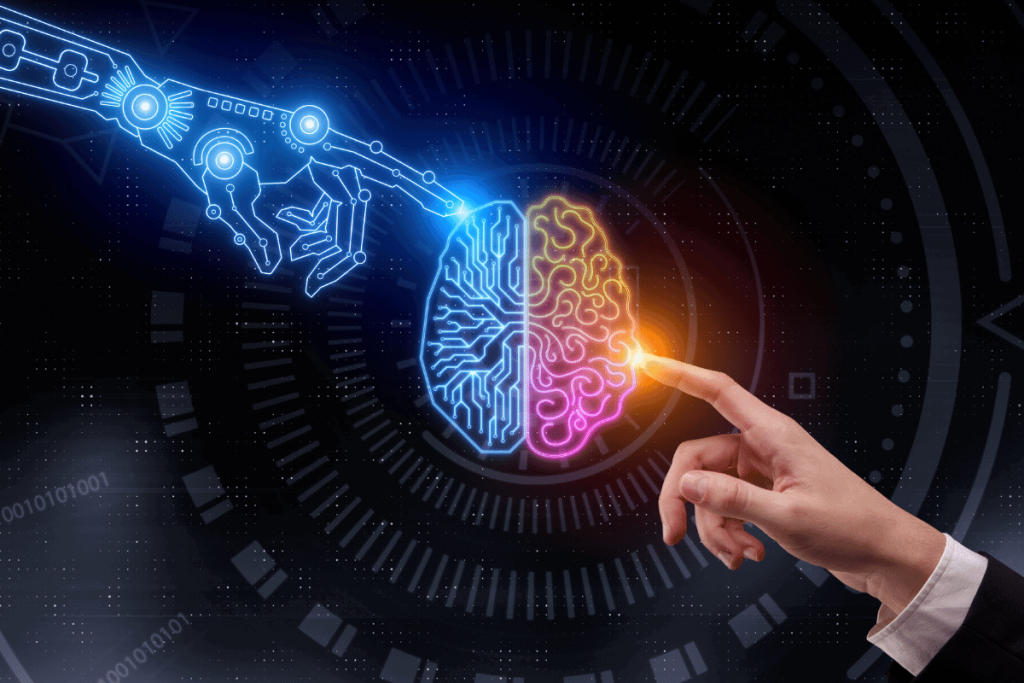
Emerging technology has the potential to change many lives for the better, they also have the power to improve the environment, the future of the world began to look a lot like an early episode of star trek the moment that the I-watch was created.
Health is being tracked, flying cars exist, artificial intelligence and machine learning is at the core of our very existence and has begun to help us beyond our wildest dreams.
The solution to many problems are within our grasp
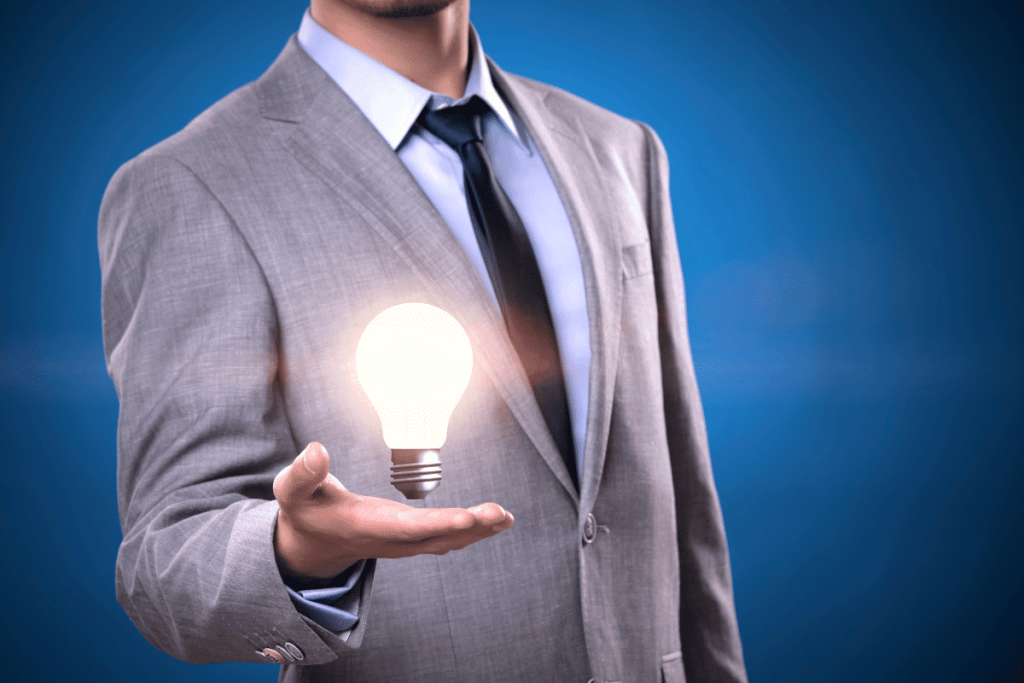
There are many examples of how much progress we are making using technology and in particular big data modelling.
For one example: Scientists at MIT think they may have finally found a way to reverse climate change. Or, at the least, help ease it some.
The idea revolves heavily around the creation and deployment of several thin film-like silicon bubbles. The “space bubbles” as they refer to them, would be joined together like a raft. Once expanded in space it would be around the same size as Brazil. The bubbles would then provide an extra buffer against the harmful solar radiation that comes from the Sun.
We are close to developing a Malaria vaccine
Malaria kills hundreds of thousands of children a year. Combined with other measures, the vaccine could reduce deaths by as much as 70%.
What will life be like in 2035?
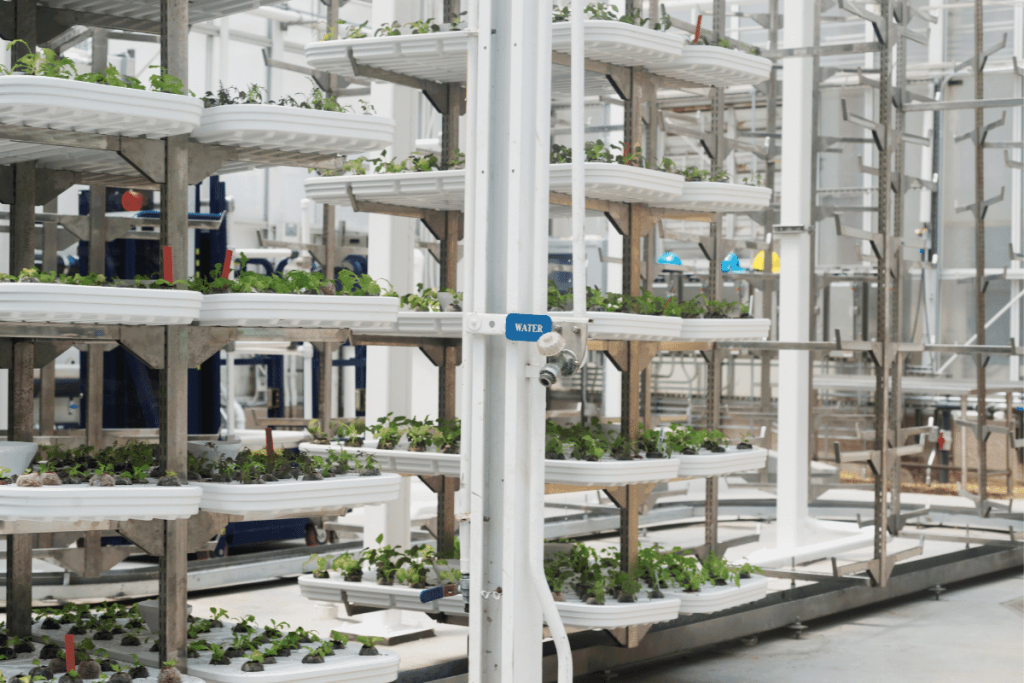
Technologically, the 20-year jump between 2015 and 2035 is enormous. Some aspects of our world are likely to change in a short period while others remain reassured but disappointed. Take in the 20th anniversary. In 1995, in early Internet times, we worked in cubicles and our computers are chunky and run Windows 95. There were neither smartphones nor flatscreens. Some were laughing at a book and watching home movies meant clunky tape in a VCR.
Can we imagine how life might change in the next century? Tell me about the future of our food, technology and homes. It’s hard to say exactly how the future will unfold, but there are some broad trends that are already beginning to take shape. When it comes to food, we are likely to see a continued increase in the popularity of plant-based diets. At the same time, there will be a growing demand for food that is locally sourced and sustainably produced. As for technology, we can expect to see continued advances in artificial intelligence and robotics. These technologies will have a major impact on the way we live and work, and they will also transform the way we interact with our homes. In terms of our homes themselves, we are likely to see a trend towards more compact and efficient living spaces. This will be driven by a combination of factors, including the rising cost of housing and the need for more sustainable lifestyles. Whatever the future holds, it is sure to be an exciting time to be alive.
Visions of what the world could look like in ten years
The Pandemics have often acted as turning points. In the 1300s the Black Death helped undermine feudalism while others say Spanish flu changed the course of the cause. But the current one was fewer disruptors than accelerators for trends that had splintered the structure of the International System before the outbreak of SARS -CoV-2. The pandemic has been brewing and the onset seems to have been over. Maybe we don’t see something now. COVID19’s effects are largely unrecognised in the modern world except for the advances we made in vaccine creation.
The foundations are in place already and the inventions we now have will for many be in their grasp, although the ones that are meaningless and without a business case will disappear.
Clothes that can hear – (already invented)
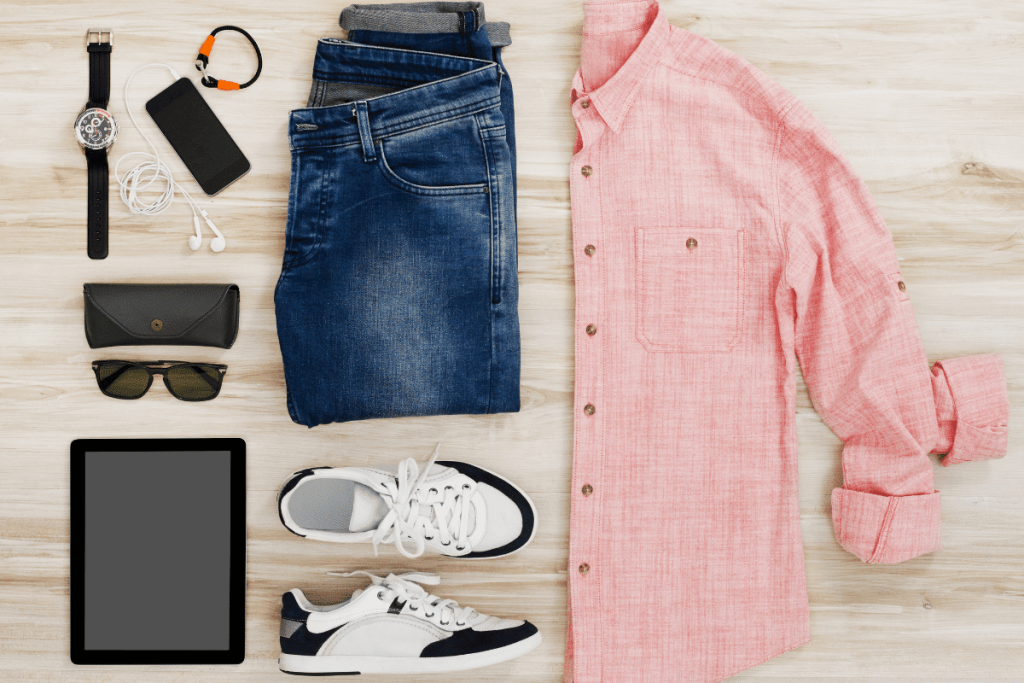
Wearables have risen in sophistication over time, and have become progressively better in the way we look at clothing and shoes. The potential for such a move would be to provide earbuds with an equal ear capacity. Scientists at MIT have made a fabric that detects screams, hand claps, and faint vibrations of the heart. The researchers say it could be used as an augmented reality device to monitor blind people’s eyesight, in building for identifying cracks and strains or embedded in fishnets to detect sounds. The material used at present is thick but the company hopes to launch them to the public within some time.
3D printed bones (already invented)
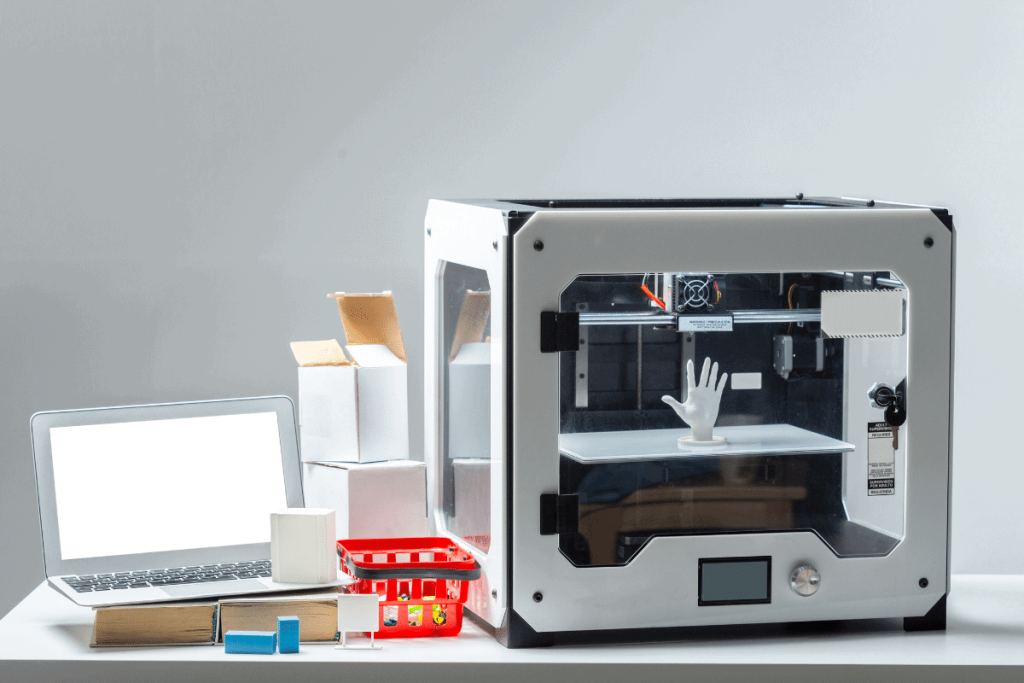
3D printing offers everything from cheap housing and affordable armour to rugged weapons, but 3D printing bones are an interesting application. Ossiform is the company which provides the manufacturing of 3D printed products that provide individualized replacements of various bones from tricalcium phosphate, an organic material which has similar properties. This 3D-printed bone is very simple and inexpensive. A hospital could make an MRI that would be then submitted to Ossiform, who would create the patient-specific implant needed. The surgeon accepts the designs but once they’ve been printed, it’s ready for surgery.
Obviously, there will be many low-cost home uses for some. Having a 3D printer in your home or community will mean you don’t need to go to IKEA and can order templates or download them free so you can print what you need…just imagine…
Digital “twins” that track your health – (already invented)
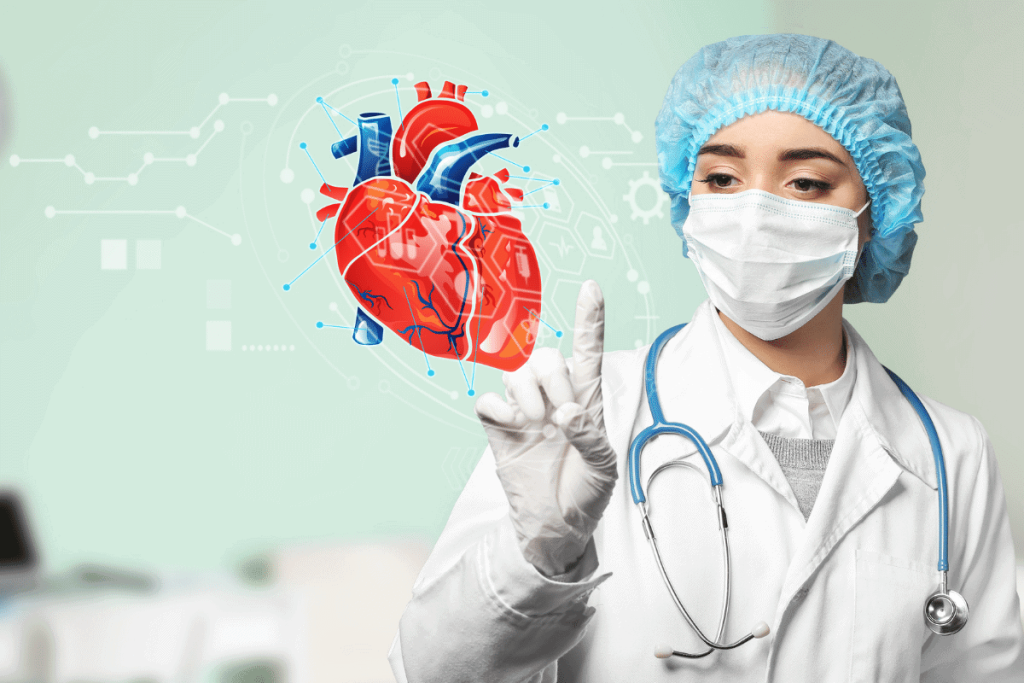
In Star Trek where we have developed our future technology, many of us can enter the medical lab to scan the body to determine the symptoms and damage to it. Improving health outcomes and reducing the workload on medical workers will be the norm. The US manufacturer has patented a scanner capable of tracking countless biometric data from hormone levels to fat buildup in livers to the markers of inflammation or cancer. This data should be used to build an avatar – also called a digital twin – which can be viewed with every scan and updated with the latest scan.
Artificial eyes (already invented)
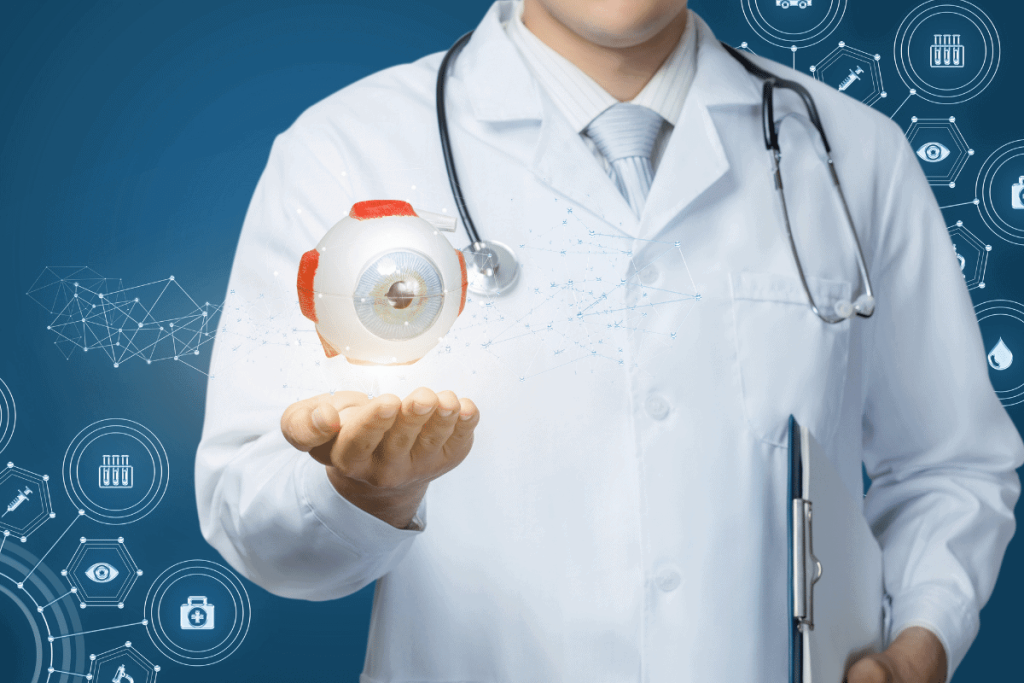
Bionic eyes were once part of science fiction, but real-world research has started catching up with farsighted storytellers. The latest generation has developed technology to improve sight for those with different types of vision loss. Israeli surgeons implanted artificial corneas in an uninjured 78-year-old man with bilateral blindness. The patient was immediately able to read a family picture after removing all bandages. A human implant fuse can easily be implanted into tissue without affecting the recipient.
Sweat-powered smartwatch (already invented)
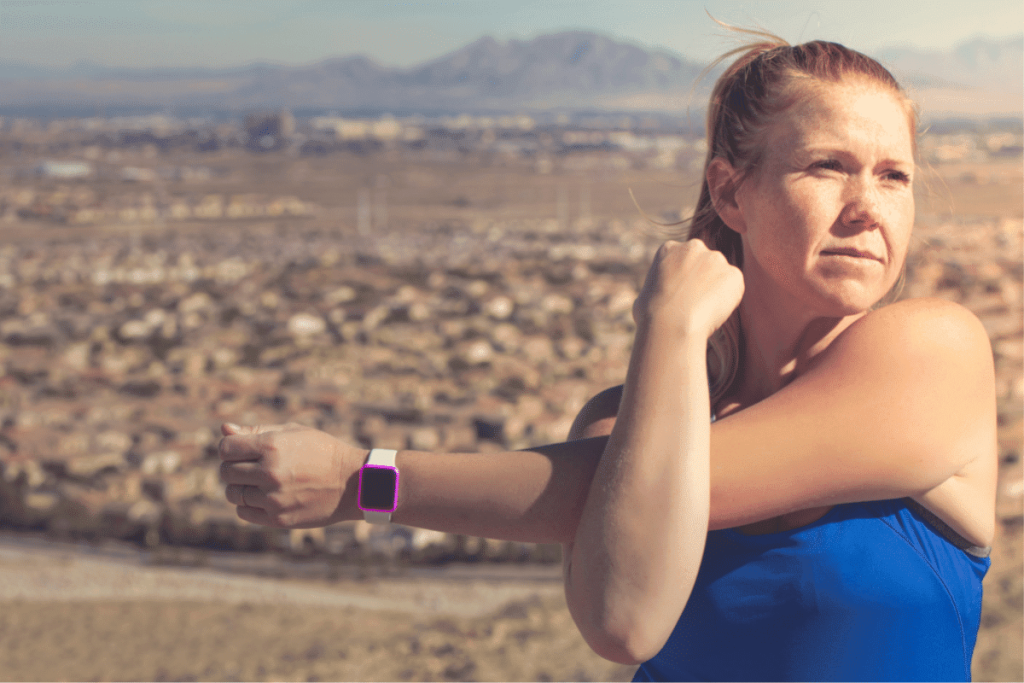
Engineers at the University of Glasgow developed new types of flexible supercapacitors replacing conventional battery electrolytes with sweat. It can charge as little as 20 microns of fluid and has enough strength to last for 4000 cycles of various types of flexes and bends. It is constructed by forming slits with polyethene cloth that act as supercapacitors electrodes. In the sweat absorbance process, the negative ions react directly with the polymer to form an electrochemical reaction that generates electrical electricity for the wearer.
Sand batteries (already invented)
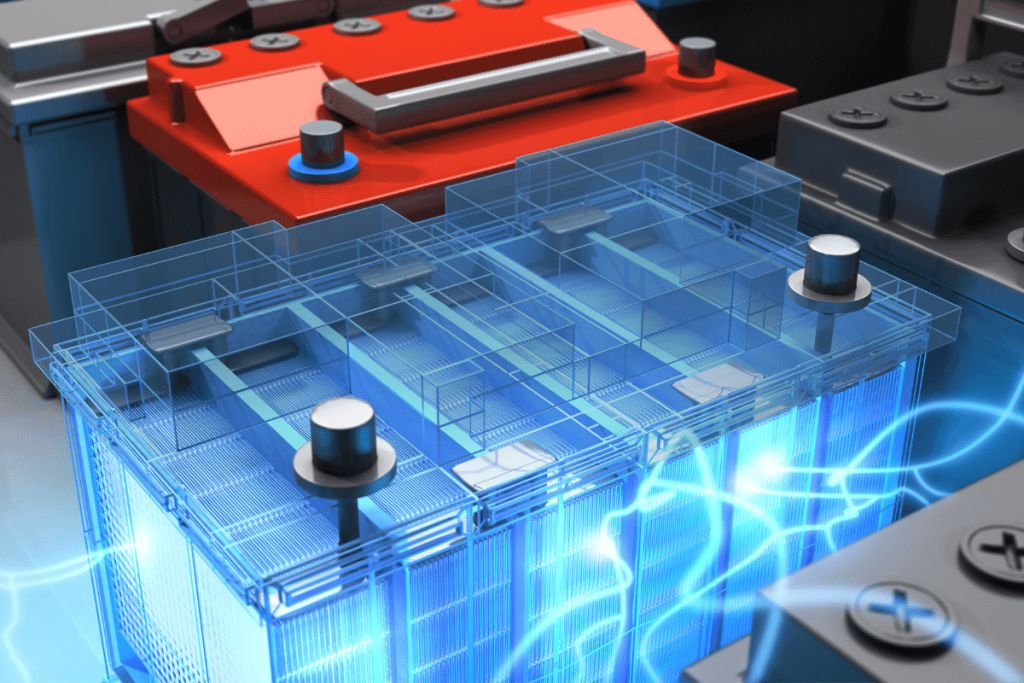
Some technologies are simple yet highly successful. The world’s first ‘sand battery’ can store heat at 500C for months at a time. Could it work in Australia?
The idea of storing heat in the sand to warm homes through winter may, on the face of it, seems too simple to work.
Drop a load of cheap builder’s sand in an insulated silo, heat the sand with renewable electricity, and then tap the stored thermal energy for months on end.
In an age of green hydrogen, lithium-ion batteries and other high-tech energy solutions, it can’t work, right?
Finland begs to differ. This month saw the Nordic nation launch the world’s first commercial “sand battery”.
About 230 kilometres northwest of Helsinki, in the town of Kankaanpää, homes, offices and the public swimming pool are being heated by thermal energy stored in a 7-metre steel container filled with 100 tonnes of sand.
So how does it work, what else can it be used for, and should we build them in Australia?
The future of food is here

It’s going to be different from Willy Wonka & the Chocolate Factory. What it could be like: According to an article published in Time, Google’s Ray Kurzweil says vertical agriculture in which the production of food will take place on artificially controlled vertical buildings instead of horizontal land: hydroponics for fruits and green crops and viticulture. ‘ The change has happened. Green Spirit Farms grows kale, spinach and other green vegetables under LED lighting at a former plastic manufacturing facility in Chicago.
AI image-generation (already exists)
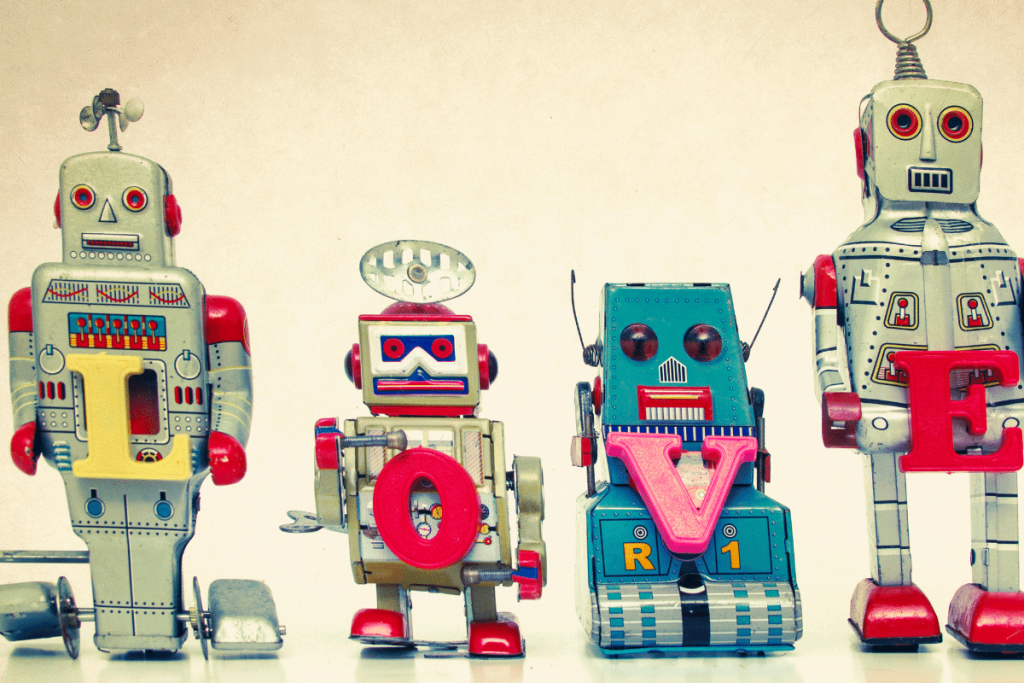
As AI is doing the same job as humans there is another new sector to join the list — the art industry. Researchers at OpenAI developed a new software program which allows for the creation of images using Wording prompts. Type in ‘dog singing at rain in hat’ and you will receive numerous completely new photos matching these descriptions. Then there’s the possibility to decide how the art you’re seeking is displayed. The technology is not perfectly perfect and has problems, like when we did poor designs in the comics.
Lab-made dairy products (exist already)
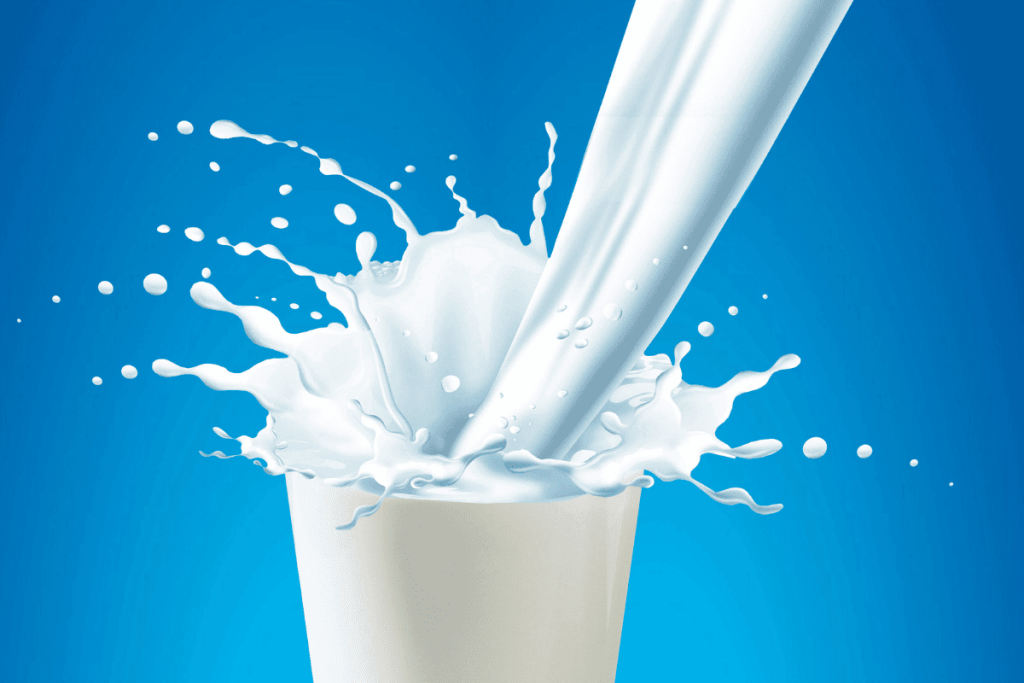
How does meat from animals affect other foods? In the last decade, biotech firms have been looking into lab-produced foods such as milk, chocolate, dairy and eggs. It’s hard to believe they’re going to find the solution. Dairy products do NOT meet the specified standards of sustainability.
Milk, egg and other animal products can now be brewed in the lab using familiar fermentation processes, requiring regulators to reconsider what truly makes something “milk” or “cheese”…
BACK IN 2014, bioengineer Ryan Pandya had a demoralising encounter with a bagel. It wasn’t so much the bagel itself as its filling, a “bland and runny” substance made from soya which was supposed to resemble cream cheese. Pandya was a recent convert to veganism and was struggling to give up dairy products. But when life dealt him bad cream cheese, he made ice cream.
Today, Pandya’s company Perfect Day is at the vanguard of a food revolution. It makes and sells milk, but has no cows. Its farm is a bioreactor in which it cultivates microorganisms genetically engineered to secrete milk proteins. The proteins don’t resemble milk – they are milk, identical to the real thing. Perfect Day hasn’t quite cracked cream cheese yet, but has arguably gone one better: ice cream. It is the only such milk company to get a product on the market so far, but won’t be the last.
Compared to animal feed, milk can be made much more easily.
Green funerals (exist)

How Do We Cope with Environmental Degradation? Death usually has a high carbon intensity, and this will be another last marker on the environmental footprint. Typical cremations release about 200 kg of CO2 per day. How can we make our world more sustainable? In the United States, it is possible to compost. The body is placed inside a chamber containing bark soil, straw and other compounds which promote natural decomposing. After 30 days your body will reduce to soil that may be returned to the garden.
Hydrogen planes (Exist now)
The emissions from air traffic are a major concern in commercial aviation, however, the solution has already been financed with considerable resources.
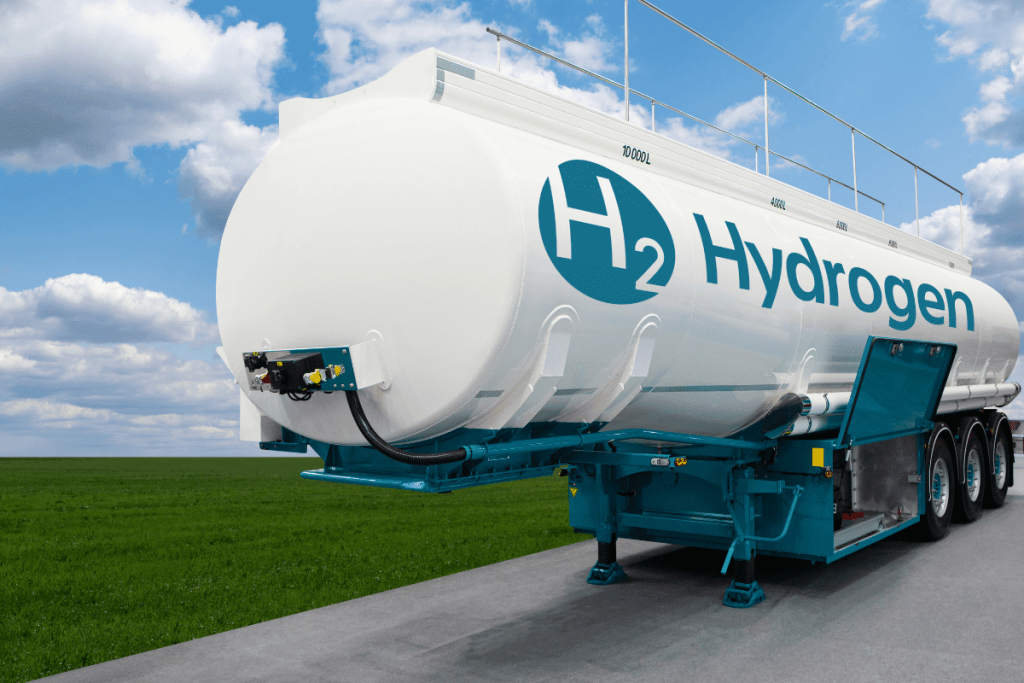
A prototype fuel-cell plane has made the first ever trip between two commercial airports by a hydrogen-powered electric aircraft, according to German technology developer H2FLY.
The Stuttgart-based company has announced that its HY4 demonstrator plane flew 124km from Stuttgart to Freidrichshafen airport on 12 April, with the four-seat aircraft then reaching a record high altitude for 7,230ft (2.2km) the following day.
